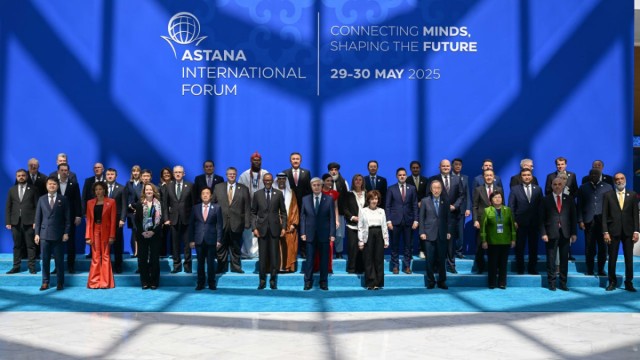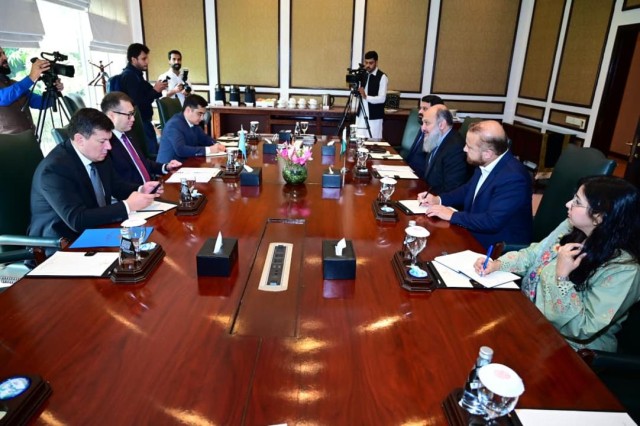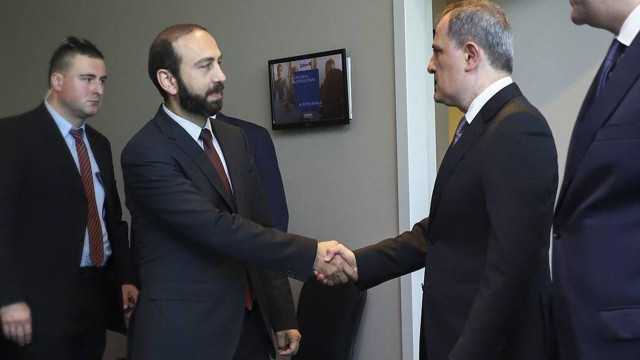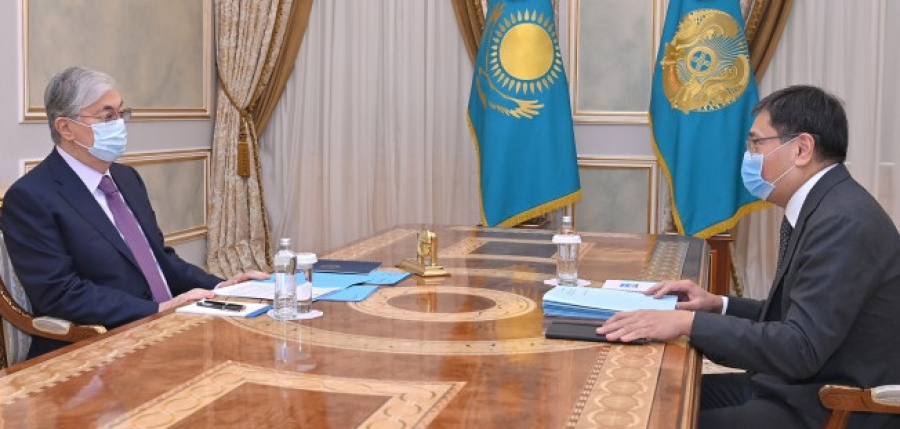
A solemn welcoming ceremony for Rwandan President Paul
Kagame, who arrived in Kazakhstan on an official visit, was held at the Akorda presidential
palace. President Kassym-Jomart Tokayev described the visit as historic,
marking a new chapter in relations between the two countries. The parties
discussed prospects for developing Kazakh-Rwandan relations in the political,
trade, economic, transport and logistics, agricultural, and digital spheres.
«We regard Rwanda in the very positive way. Your economy is
booming, the economic growth is very much impressive. I think that we need to
have more exchanges since Kazakhstan is a leading country in this part of the
world in terms of GDP, in terms of developing IT technologies, as well as
artificial intelligence. It’s our priority. We have a number of areas that
would be benefiting our countries,» Tokayev noted.
The leaders also held talks in an expanded format. President
Tokayev noted that since Paul Kagame’s last visit to Kazakhstan in 2015, the
two countries have developed and strengthened their cooperation. Today, Rwanda
is one of the country’s reliable partners in Africa, the Head of State
emphasized.
«During the talks, we discussed the potential for creating international
corridors and the food security situation. We explored ways to transport Kazakh
agricultural products to the African continent. Our countries have accumulated significant
expertise in advanced technologies, artificial intelligence, and space. We
agreed to implement joint projects in the areas of digital transformation and
cybersecurity. An agreement was reached to conduct joint space research,» Tokayev
added.
«Whether in the fields of trade, technology or agriculture,
two countries are eager to learn from each other. Rwanda can benefit immensely
from Kazakhstan’s know-how, especially in the field of energy, mining, and
mineral processing,» Paul Kagame said.
Kazakhstan and Rwanda are interested in developing green
energy and the efficient use of resources. In addition, the Presidents agreed
to develop academic ties, facilitate student exchanges, and conduct joint
scientific research. Following the talks, the Heads of State adopted a Joint
Statement. In total, nine documents were signed during the visit.









